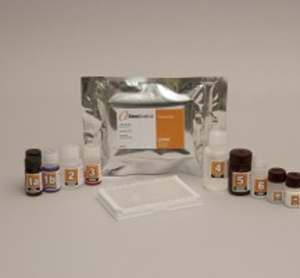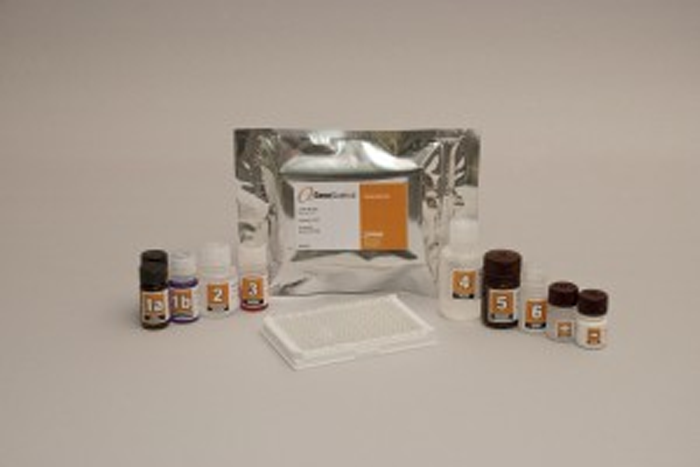In a nutshell: Tim Lawruk, Market Manager Food Safety, SDIX
4 January 2012 | By Tim Lawruk, Market Manager Food Safety, SDIX
SDIX is a biotechnology company, founded in 1990, whose portfolio includes food safety, supplying rapid pathogen test technologies. SDIX also designs, develops and commercially produces antibodies. In the life science market, SDIX’s technology and capabilities are being used to help discover disease mechanisms, facilitate development of new drugs, and provide…





